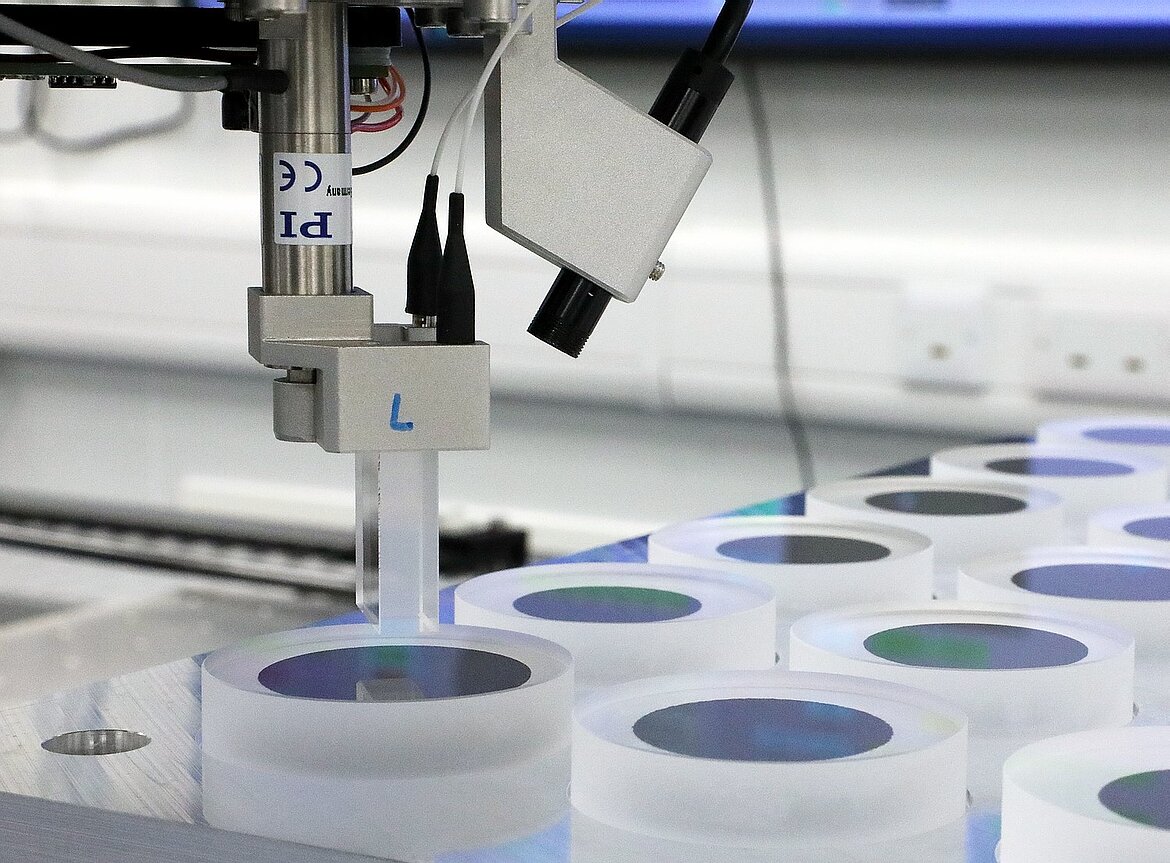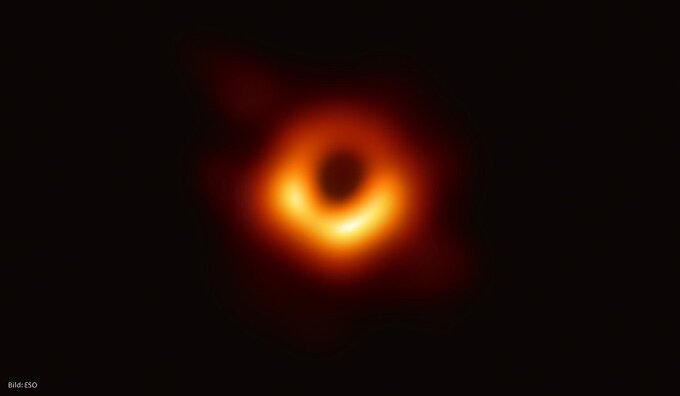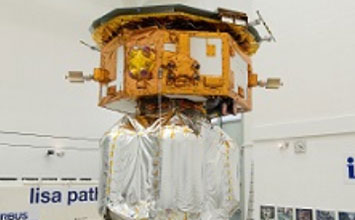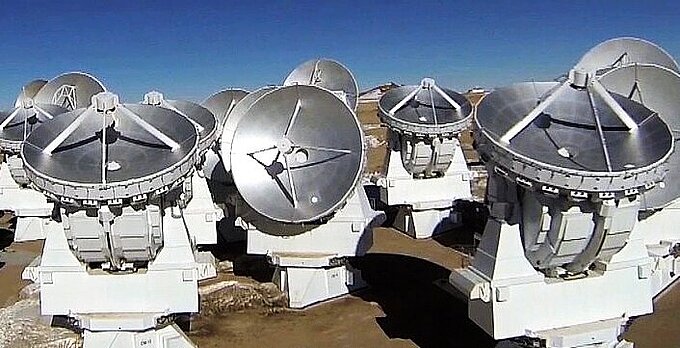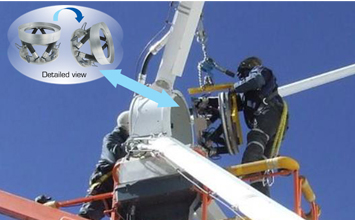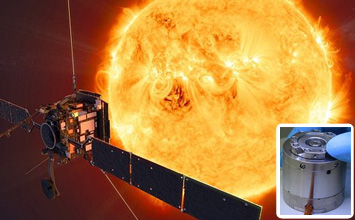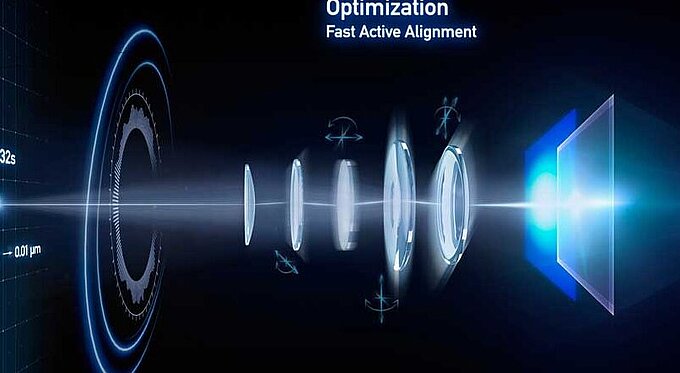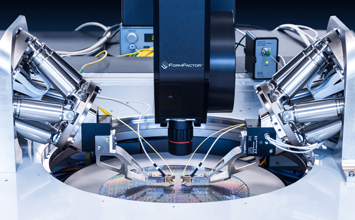Laser Interferometer Space Antenna (LISA) Project gets Help from Hexapod Alignment Systems
The LISA Project, led by ESA and supported by NASA and other space agencies, is a scientific endeavor to detect and study gravitational waves from space.
The first gravitational waves were detected in 2016 by the Laser Interferometer Gravitational-Wave Observatory (LIGO). LIGO consists of two 4km long dual arm interferometers, 3000 miles apart. Nobel prize winner Albert Einstein had already predicted this phenomenon in his general theory of relativity back in 1916. To better study gravitational waves, an instrument with higher sensitivity – necessitating interferometers with a larger baseline than can be built on Earth—is required, which dictates the move into space.
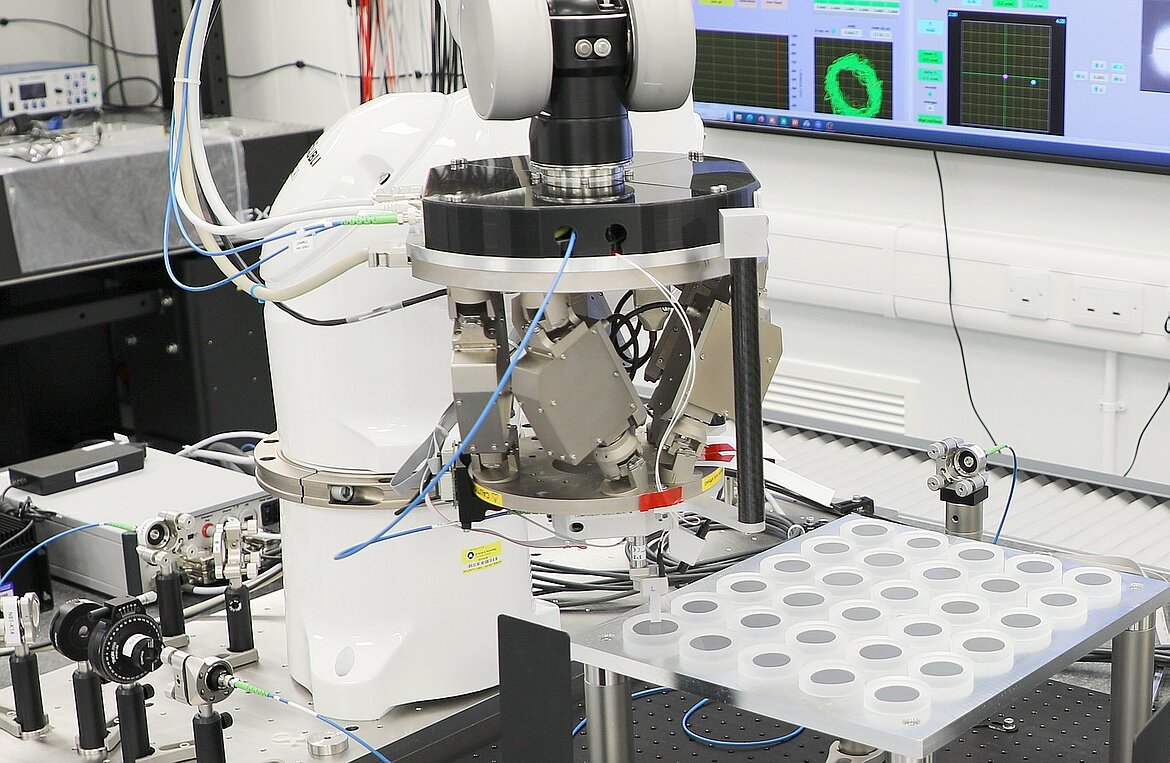
LISA depends on a trio of spacecraft set to follow Earth's cosmic path around the Sun. This trio will craft a remarkably precise equilateral triangle across the cosmos, each edge spanning 2.5 million kilometers — a length that exceeds sixfold the stretch between the Earth and the Moon. Across this vast expanse, the spacecraft will communicate by trading laser beams. The scheduled departure of this threesome aboard an Ariane 6 rocket is earmarked for the year 2035.
LISA is set to observe the cosmic undulations in spacetime that emanate from the colossal collisions of massive black holes residing at the heart of galaxies, reaching through the breadth of the universe. This endeavor will empower astronomers to unravel the genesis of these gargantuan entities, map their growth as they swell to millions of times the Sun's mass, and discern their influence on the cosmic ballet of galaxy evolution.
Several groups involved in the LISA project have been using PI hexapods and piezo actuators for precision alignment of optical components for the interferometers. PI hexapods were also used in optical alignment tasks for the LISA Pathfinder mission, launched in December 2015.
Due to their virtually unlimited resolution and rapid response, piezo actuators are also involved instabilizing the LIGO, Virgo, and similar gravitational wave detection interferometers on earth.
Why Use Hexapods for Alignment of Optics?
PI hexapod positioning systems offer unparalleled versatility with six-axis motion and a user-programmable center of rotation, enhancing their suitability for high-precision alignment tasks, especially in optics and fiber-optics. Their sub-micrometer precision and ability to make intricate adjustments — translating along and rotating around any of the three linear and rotary axes — ensure optimal alignment of optical components for superior imaging quality and laser precision. A large hexapod was also used for the alignment of the mirrors in the James Web Space Telescope.
Why Use Piezo Actuators in Interferometry?
Piezo actuators provide sub-nanometer resolution and very fast response. These features make them ideal for tuning of optical filters, stabilization of lasers, the compensation of temperature induced drift and active vibration damping.
Blog Categories
- Aero-Space
- Air Bearing Stages, Components, Systems
- Astronomy
- Automation, Nano-Automation
- Beamline Instrumentation
- Bio-Medical
- Hexapods
- Imaging & Microscopy
- Laser Machining, Processing
- Linear Actuators
- Linear Motor, Positioning System
- Metrology
- Microscopy
- Motorized Precision Positioners
- Multi-Axis Motion
- Nanopositioning
- Photonics
- Piezo Actuators, Motors
- Piezo Mechanics
- Piezo Transducers / Sensors
- Precision Machining
- Semicon
- Software Tools
- UHV Positioning Stage
- Voice Coil Linear Actuator
- X-Ray Spectroscopy

